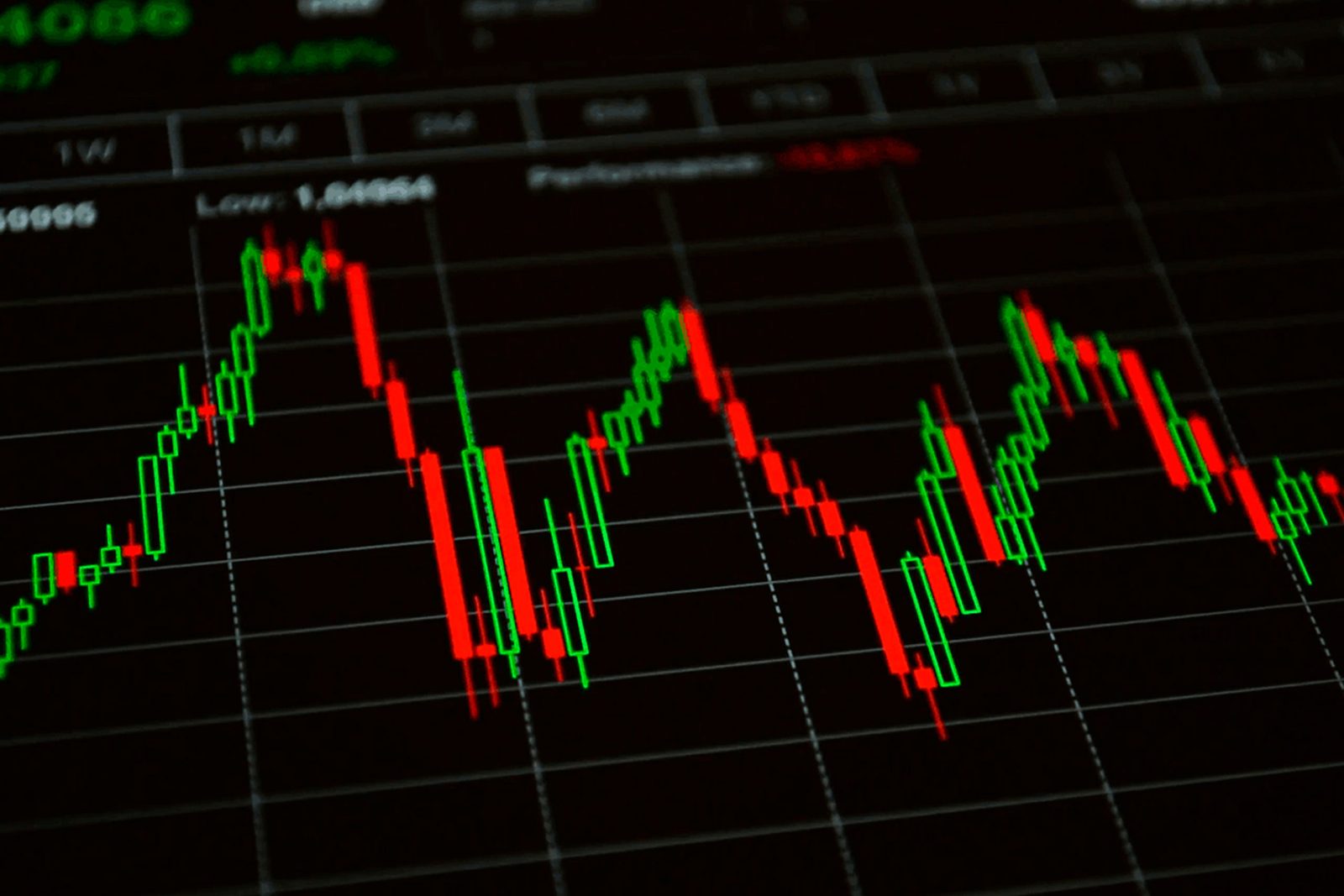October 2020 Outlook and Review


October 2020 Outlook and Review
During the first half of October, large-cap U.S. equity indices staged a strong rebound from a challenging September. However, they failed to reach their early September highs and ended the month with the most significant weekly decline (5% – 7%) since March. Small and mid-cap benchmarks outperformed, while large-cap indices, including NDX, SPX, and INDU, faced declines for the second consecutive month. This decline was attributed in part to a resurgence in Covid-19 cases and uncertainty related to the upcoming presidential election. New coronavirus cases surged globally, leading to lockdown measures in various European countries, including England, Germany, Austria, Greece, France, Spain, Portugal, and potentially Italy. On October 30, the pandemic saw its worst day, with 569,000 new cases worldwide and over 99,000 in the U.S., bringing the total global cases to over 46.4 million and deaths surpassing 1.19 million. The U.S. Presidential Election, scheduled for November 3, has Democratic candidate Joe Biden leading in most national polls. The probability of a “blue sweep,” where Democrats secure the White House and both chambers of Congress, declined to just over 50%, down from 60% earlier in October. A blue sweep could lead to a substantial fiscal package, given the ongoing stalemate in negotiations between the White House and Democratic leaders in Congress. Voter turnout has been high, with over 93 million pre-election votes cast, accounting for more than two-thirds of all ballots in the 2016 presidential election.
Among the equity benchmarks, the S&P Midcap 400, Russell 2000, and Russell Microcap were top performers, while the Dow and Nasdaq 100 lagged. The Dow’s technical outlook appeared weak, failing to reach new all-time highs and testing its 200-day moving average. In terms of investment styles, value outperformed growth for the second consecutive month, potentially due to investors locking in gains from top-performing stocks in anticipation of higher taxes under a Biden presidency. Defensive sectors like Utilities performed well, despite rising long-term interest rates, while Technology and Energy sectors underperformed, possibly due to concerns over Biden’s impact on fossil fuels and the potential for increased oil supply from Iran. Financials experienced a modest decline, but regional banks showed strength, with the KBW Regional Bank Index gaining 15.2%. From a technical perspective, the KRX briefly traded above its 200-day simple moving average (SMA) for the first time since February. In the broader financial landscape, safe-haven treasuries sold off despite a rise in market volatility (as indicated by the VIX Index), leading to an increase in yields. Commodities experienced mixed performance, with the Bloomberg Commodity Index rising despite an 11% decline in WTI Crude. Precious metals like silver showed strength, while the U.S. Dollar Index gained ground after five consecutive months of decline. Corporate earnings for Q3 2020 have been robust, with 86% of S&P 500 companies reporting earnings per share (EPS) above estimates and revenues exceeding expectations for 81% of companies. This marks a significant positive surprise and is largely attributed to cost-cutting measures and strong consumer spending.
Looking ahead, the pandemic’s trajectory remains uncertain, and the impact on consumers and businesses may lead to a slower recovery. Economic indicators such as job growth and industrial production are showing signs of slowing. The U.S. presidential election outcome, as well as the Congressional races, is eagerly awaited, with potential delays in results due to mail-in voting. The Federal Reserve is meeting but is not expected to implement new stimulus measures, though there is speculation about potential changes in its monthly asset purchases. Overall, economic recovery and market performance will continue to be influenced by the course of the pandemic, election results, and fiscal policy decisions.
Get back to Seikum News 🤓




